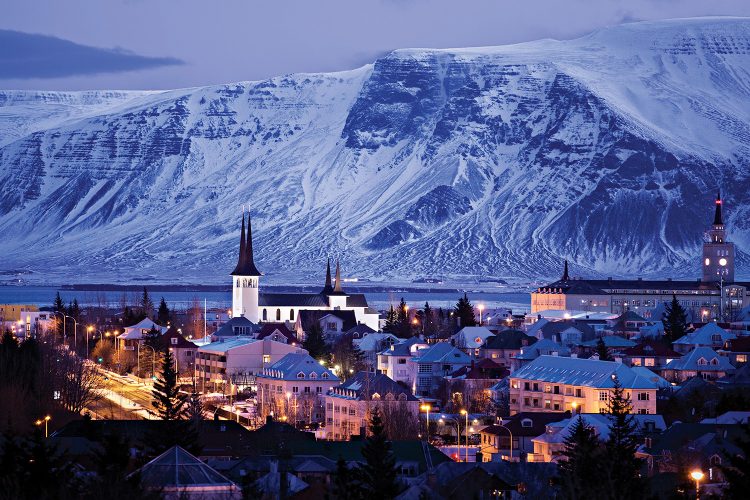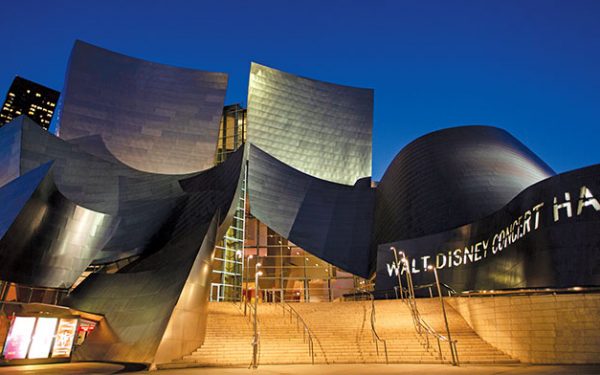In 2009, few would have predicted that Iceland was on the verge of a digital gold rush. The global financial crisis had just crippled its economy, politicians were pawing for the exits and thousands of protesters parked themselves outside the Althing, the country’s ancient parliament, banging kitchenware and demanding change from those who’d helped wipe 96 per cent off the country’s stock market in weeks.
Few Icelanders noticed when, around the same time, an anonymous developer going by the name Satoshi Nakamoto introduced bitcoin, a “cryptocurrency” that aimed to take the control of money away from big banks and governments. It took until 2010 for anybody to buy something with bitcoin, when a computer developer bought two pizzas with 10,000 of them.
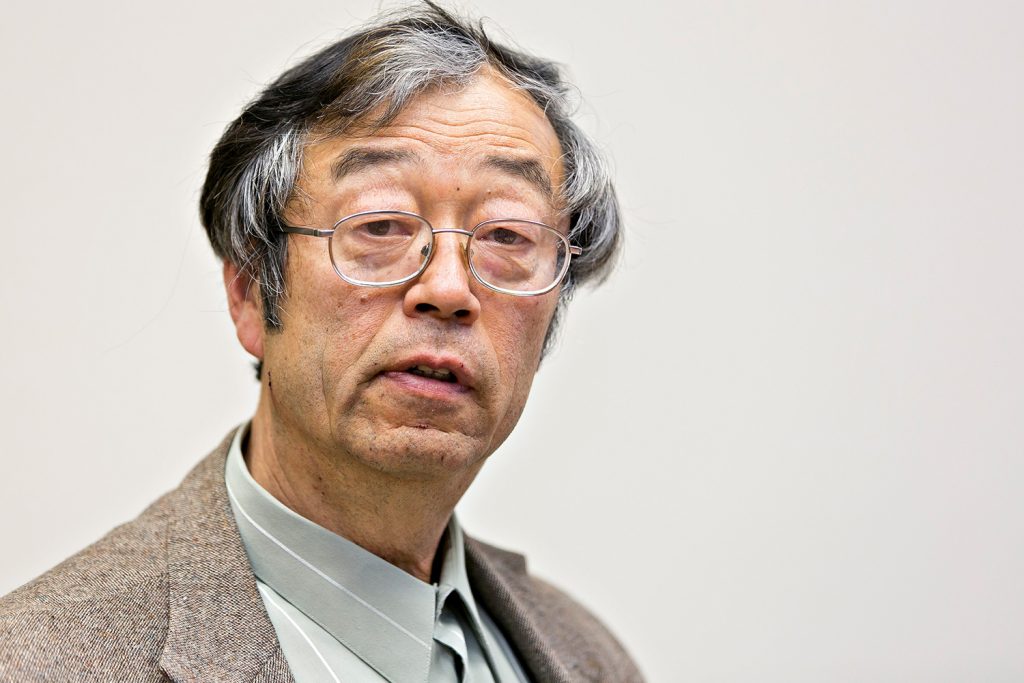
Fast-forward eight years and, despite a recent dip, 10,000 bitcoins are worth around US$64m – enough to buy almost five million pizzas at an average Reykjavik takeout joint. The platform is now used by millions of people worldwide, accepted by businesses and even available to withdraw at special ATMs. It is just one of many “cryptocurrencies”, or “crypto”, that have spun off since Nakamoto’s mysterious invention.
Like gold, bitcoin is mined. Unlike gold, bitcoins are not extracted physically. Instead, bitcoin miners use computers to solve huge, complex mathematical problems. Solve the problems quick enough and you’re rewarded with a new bitcoin. It sounds simple, and in the beginning it was: anybody could mine bitcoin on their home PC. Nerds and speculators cashed in.
As time went by, bitcoin mining grew tougher. The equations grew more complex; returns diminished. Miners used powerful graphics cards to get ahead, then specialised algorithm-solving machines, called ASICs. Today mining is a global industry, and huge factories hum to the tune of thousands of ASICs, sapping huge amounts of electricity on their path to more coins.
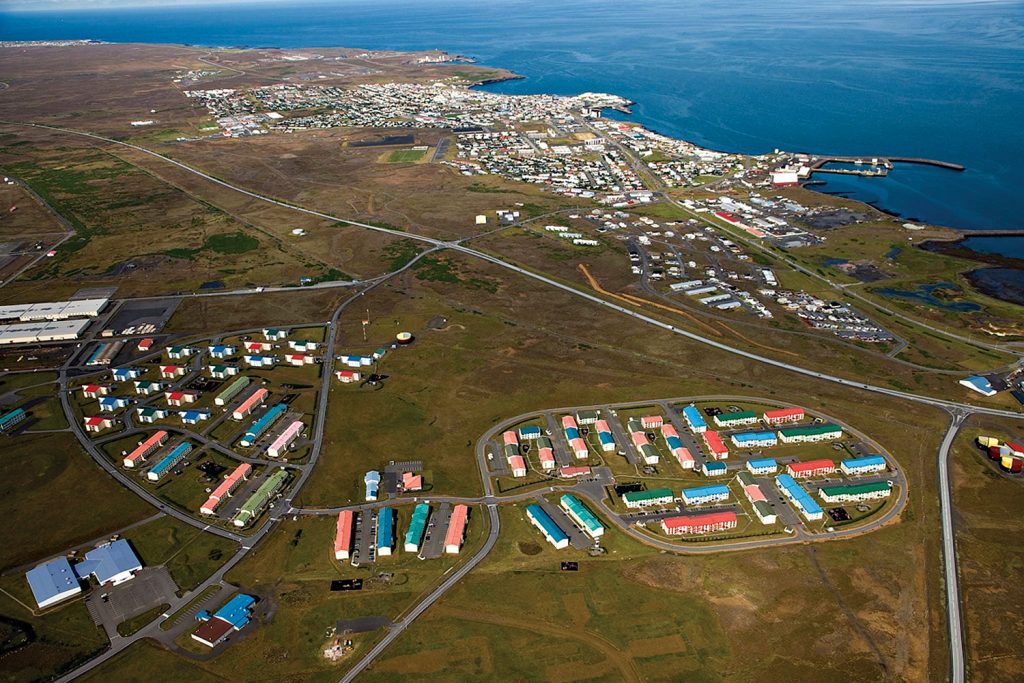
Enter Iceland. The small and isolated nation in the middle of the Atlantic, home to just 344,252 people, sits on a massive bed of renewable geothermal energy that can be used almost for free. The country is cold, too, cutting the costs needed to cool entire buildings full of hot ASICs. Not only do these factors make Iceland one of the most eco-friendly places on earth, but they mean miners can extract bitcoins for a fraction of the cost elsewhere.
Many of its biggest players are located at Asbru, a sprawling, former US Navy air base on the Reykjanes Peninsula, the green-black sprout of land home to Iceland’s Keflavik Airport. Its long, bright-roofed barracks, not far from the famous Blue Lagoon spa, are home to several giant “bitcoin farms” that, by some estimates, now account for up to 10 per cent of the entire planet’s bitcoin mining operations.
Companies at Asbru can “start filling those spaces with miners, because it’s a perfect thing: you don’t need a lot of Internet packages, Internet traffic,” says Kristjan Mikaelsson, head of the Icelandic Blockchain Foundation (blockchain is the digital ledger on which cryptocurrency is stored). “You just need a lot of power, you need a lot of cooling. And it needs to be in a secure environment. Iceland ticks those three boxes the best in the world.”

Advania, an Icelandic firm that once made money producing typewriters, leads the country in leasing mining power to digital prospectors. Its farms are among the world’s biggest. “I feel in some cases that we are at a similar place with crypto as the Internet in 1990, when not everybody understood why you should use it, but it was exciting,” says Gisli Kr, Advania’s chief commercial officer. “Still, most people that use the Internet today don’t know quite how it works. But it helps them do stuff. And I feel like we’re at a similar place with crypto.”
Iceland now uses more power on bitcoin mining than its homes, 100 per cent of which is renewable. The country’s government, once wary of crypto’s anarchist ethos, now actively encourages companies to pitch up and start mining. Bitcoin mining may still be a fraction of the size of Iceland’s tourism industry, which welcomes over two million people to its icy shores each year. But it’s growing – and transforming Iceland into one of the world’s most exciting tech havens.
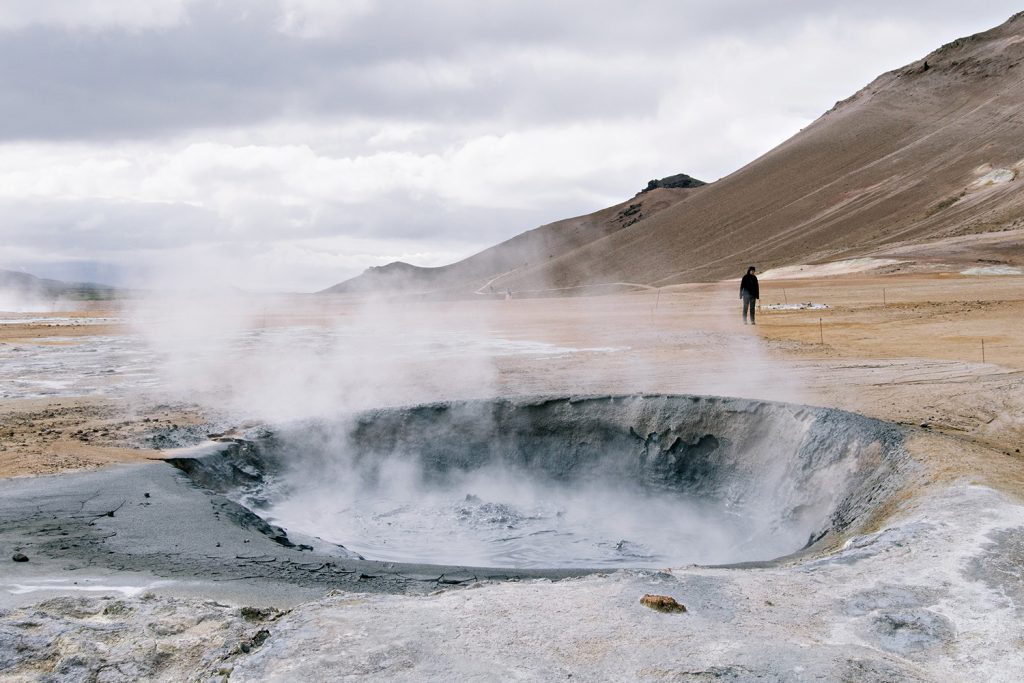
Even outside cryptocurrency Iceland’s startup scene punches well above its weight. No matter that the country is isolated between North America and Europe: fast Internet, great infrastructure and education mean young Icelanders can build a successful startup from their own home.
Not everything about bitcoin, however, is welcome. Some politicians fear the increasing reliance could accelerate a second economic collapse, should the finance sector flounder once more. Last December, as bitcoin’s value reached its highest-ever value, a band of thieves broke into several of Iceland’s leading bitcoin mining centres, stealing over US$2million of equipment.
The “Big Bitcoin Heist,” as media dubbed it, made international news. But for a soaring industry it was a recoverable loss. And now, almost a year later, even technophobe Icelandic politicians have come around to the island’s massive mining potential.
“The attitude from these politicians and electricity companies has changed: that is, they are actually listening to us right now,” says Halldor Jorgensson, a local crypto expert. Iceland’s biggest asset has always been its mad, otherworldly geography. Now that land is bringing a new kind of gift. And like the geysers that spew great plumes of steam into the skies above the country, it’s a gift that’s set to keep giving for some time yet.

